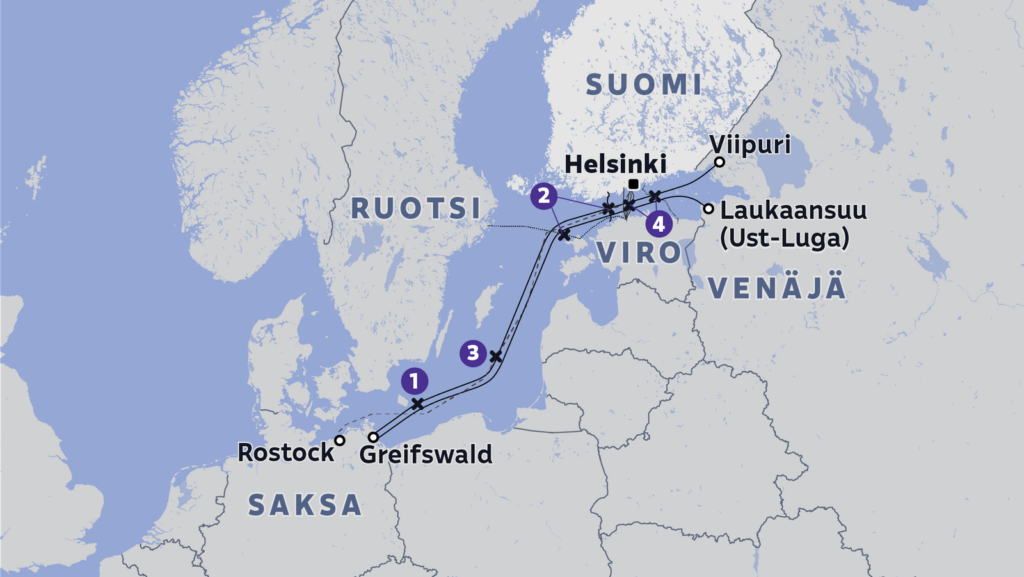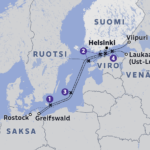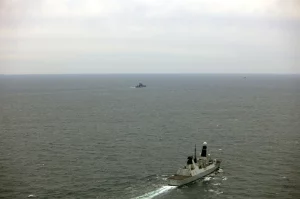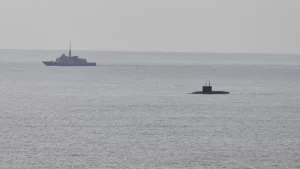NATO sends fleet to defend Baltic Sea

The ships will maneuver near energy and communication cables, acting mainly as a deterrent and making it difficult for possible sabotage.
NATO’s fleet will begin patrolling the Baltic Sea to protect undersea cables and other critical infrastructure by the end of the week, Yle reported.
The operation will cover key areas, including the Gulf of Finland, where damage to cables and gas pipelines has recently been recorded. In total, up to ten ships will be at sea and will remain in the region until April.
The countries of the Joint Expeditionary Force (JEF), which includes the United Kingdom, Finland and other states, have announced increased monitoring of shipping. They are implementing artificial intelligence to analyze AIS positioning system data to more quickly identify potentially dangerous ships.
Finnish Defense Minister Antti Hakkänen stressed that the situation in the Defense Forces is at a good level, and suspicious vessels can now be detected better thanks to cooperation with other countries.
At the same time, the head of the UK Foreign Office, John Healy, reported that Operation Nordic Warden will focus on 22 areas, including the Baltic Sea, the North Sea, the English Channel and the Danish Straits.
The situation has worsened due to a series of incidents in the Baltic Sea. Thus, in late December, the Russian tanker Eagle S damaged the Estlink 2 power cable connecting Finland and Estonia, and also caused damage to four fiber-optic lines, stretching the anchor along the seabed for tens of kilometers.
In total, submarine cables have been broken three times in the Baltic Sea over the past year, and in October 2023, the Balticconnector gas pipeline between Finland and Estonia was damaged.
As USM wrote the day before, the anchor of a ship detained due to damage to underwater cables was raised from the bottom of the Baltic Sea.





